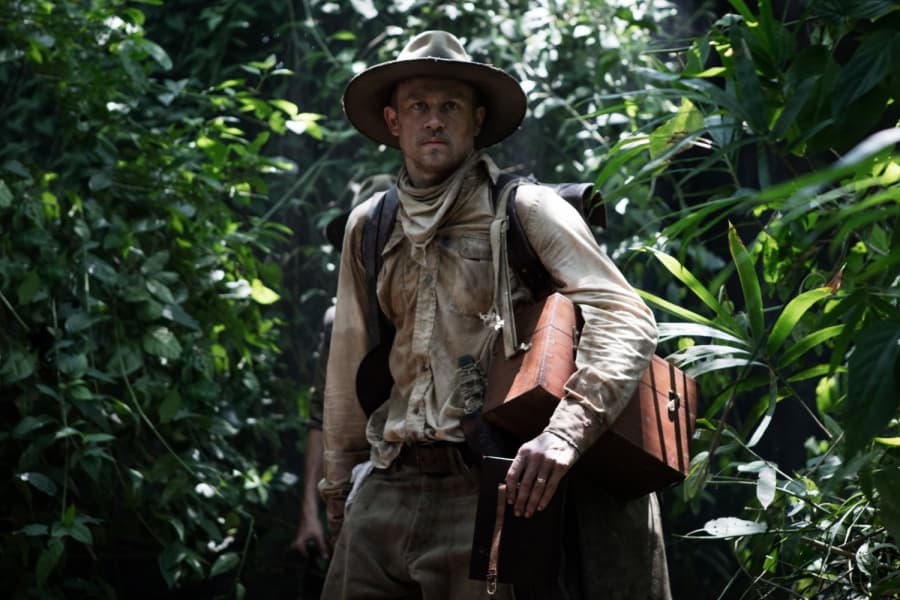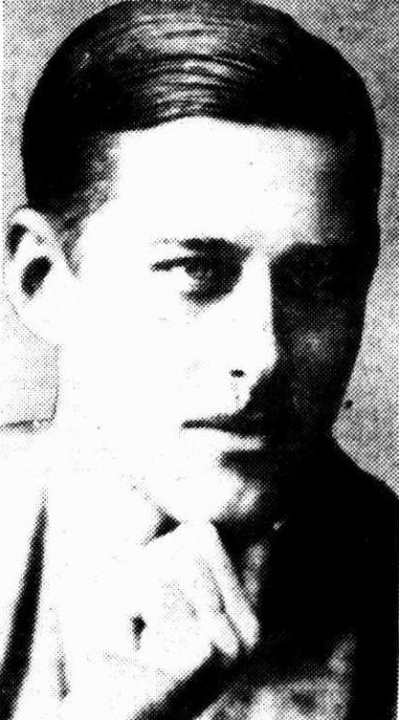

He talks about a city of gold and maize that no one has seen, and whispers, “There is no escape from the jungle for you.”īy the time he is back in England, in a giant, disconcerting leap, Fawcett has developed ideas of the nobility of the natives, is convinced about the existence of an old civilisation deep in the Amazon jungles, and developed enough oratorial skills to sweep a roomful of old fogies at the RGS to abide by his soaring ambition, even while denouncing the Church and the very foundations of greatness on which rested the British Empire. It is voiced best by the Indian slave who Fawcett takes along as a guide. By the course of that first, successful trip, The Lost City of Z has run its breath of ambition, desire, danger, and the promise of the unknown.

The river preys on them, as do disease, hunger, and tribals who shoot unseen from the bushes. As they set out, Gray and Oscar-nominated cinematographer Darius Khondji’s jungle is a living, breathing mystery, beating down on the men and their crew with its heat, humidity and undergrowth. Fawcett’s wife Nina (he calls her Cheeki, played by Miller) knows better than to stop him, despite their young son and another along the way.įawcett ventures into the jungle with Costin (an almost unrecognisable Pattinson), a loyal fellow armyman with some history of the area behind him. The Royal Geographical Society plays on those insecurities by dangling him a carrot he can’t refuse: a chance to become the first explorer to map Bolivia, especially its border with Brazil where England’s profitable rubber plantations lie, thus earning him name, fame, a rank and social position.

He is a young Major in the British Army, trying desperately to shed the ill-repute of his father, and fearing he would never make it to the inner circle no matter his accomplishments. At the start, circa 1905, Gray appears to have a good thing going, with Hunnam, a blond, strikingly and traditionally good-looking actor who grows on you, hitting all the right notes with Fawcett.


 0 kommentar(er)
0 kommentar(er)
